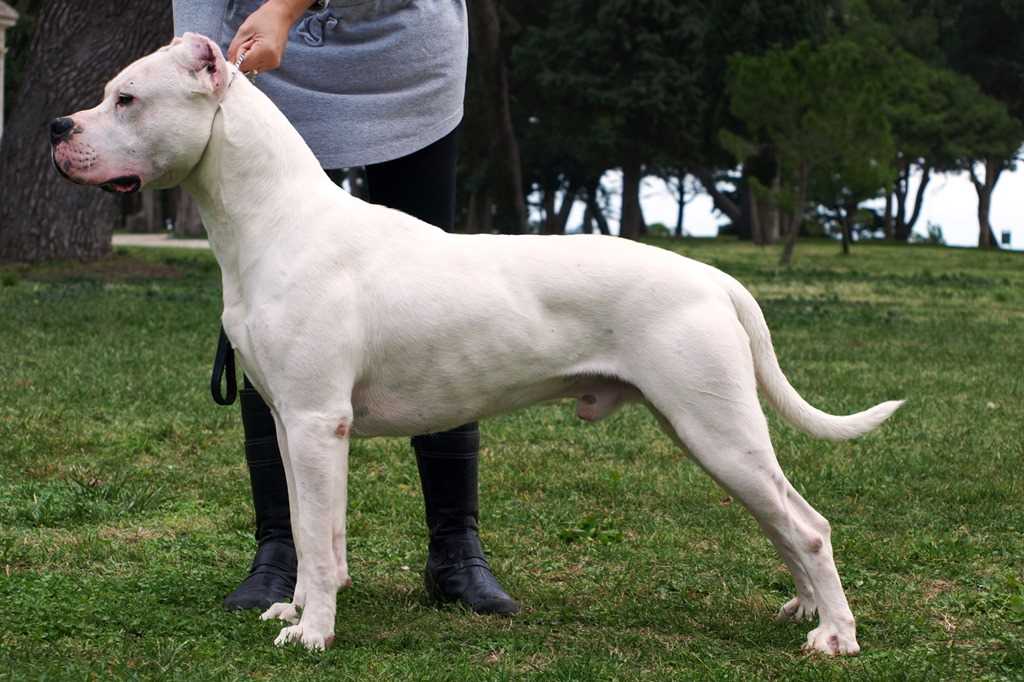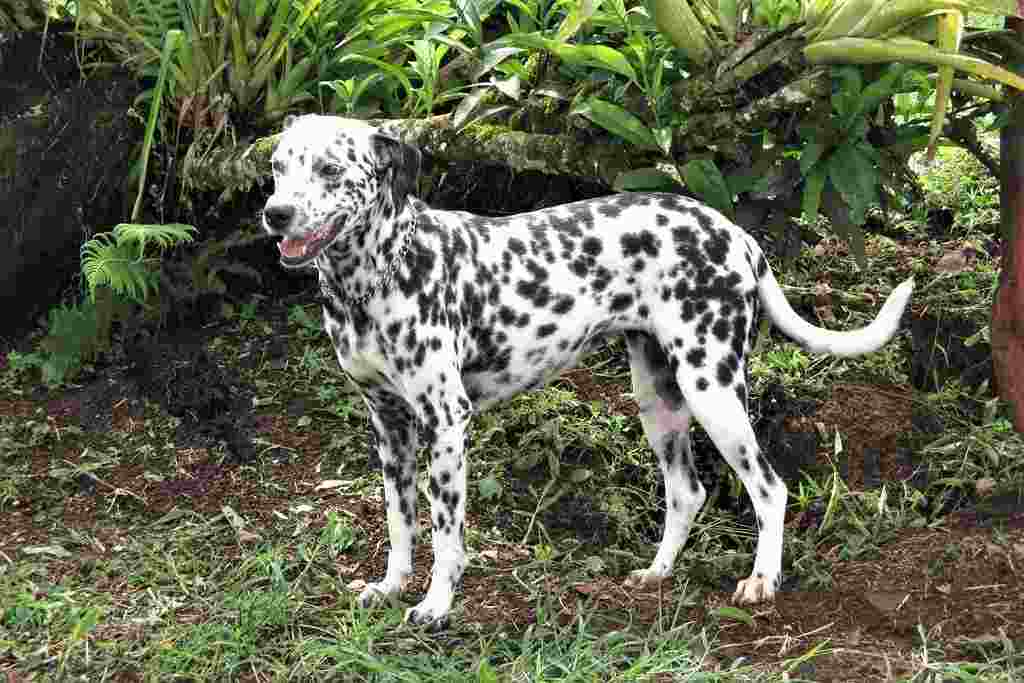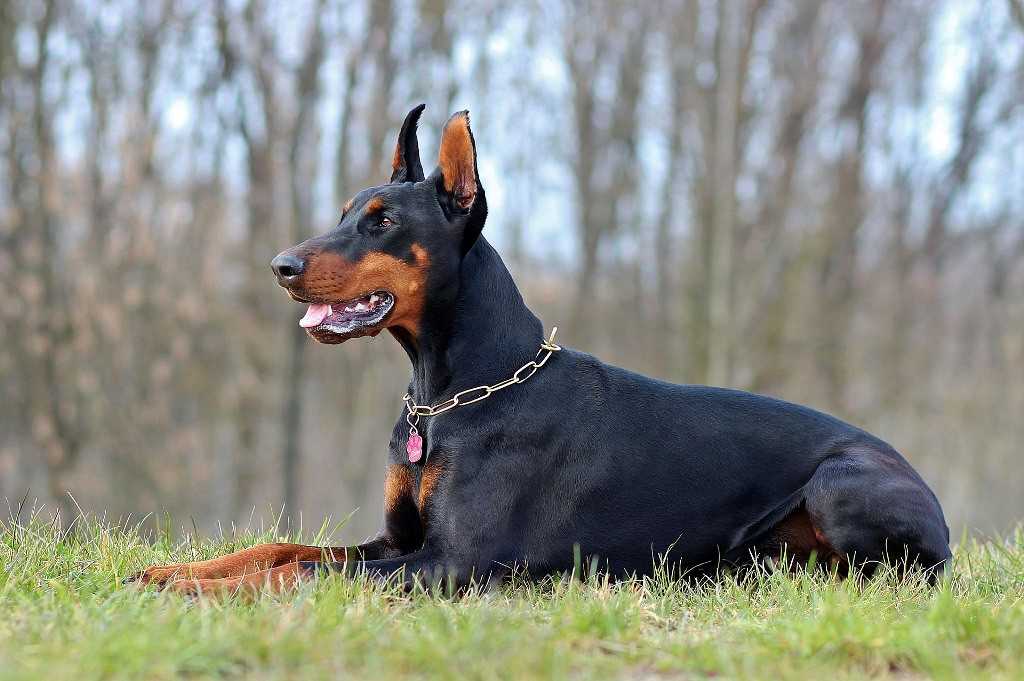The origin of the Argentine Dogo dog breed, as you can understand from its name, is from Argentina and it is also quite recent. We are talking about the first decades of the twentieth century, when Antonio Nores Martinez, together with his brother Augustin and his father Antonio, set out to create a dog suitable for hunting big game in the Argentine pampas. It had to be very brave, combative, powerful and strong as it would have to deal with pumas, peccaries and wild boars.
From various crossbreeds in 1928, the “Argentine Dogo” breed was born, whose standard was published in 1947 and official recognition in 1964. There were many crossbreeds; we talk about the perro de Pelea Cordobes, (a local dog, a specimen of great power and strength out of the ordinary) with bulldogs, bull terriers and mastiffs, breeds that have contributed to the combative touch. For the hunter temperament, the Great Dane, the dogue de Bordeauz, the Pyrenean mountain dog, the Irish greyhound and the pointer.
He chose for breeding totally white specimens, without prognathism, with a heavy head and a long muzzle. It took many years and many crossings to arrive at the current Argentine dogo.
In its country of origin it is mainly used for hunting, in which it stands out for its good sense of smell, its courage and resistance, its speed and its sure and firm grip. In many other parts of the world it is bred mainly as a defense and guard dog.
It should be noted that this breed was listed on the list of dangerous dog breeds, but was removed from that list by an ordinance on March 3, 2009.
Character of the Argentine Dogo dog breed
Despite being selected for years as a fighting dog, the Argentine Dogo is a very sweet, affectionate animal, very close to the family, loving children and games. It is a very balanced, intelligent dog that knows how to carefully examine and evaluate all situations. The instinct of protection that this dog has towards his master and his family unit really has no boundaries. In fact, it is one of the best guard and defense dogs, very brave and not afraid of anything.
As far as its training is concerned, proper socialization must be imparted already from puppyhood. It is opportune to socialize him from a young age with as many people and animals as possible. It is not in fact a dog suitable for those who are beginners, being very intelligent and also very smart, it needs an owner with a pulse to go straight. And this is essential also with regard to its size and its powerful shape, difficult to manage and control. With strangers he is normally suspicious and also with other dogs he does not get along with everyone, even if socialized. It is not, therefore, a dog to be brought to a park or a dog area, because with Argentine Dogo’s it is good to avoid risky situations.
It can also live in an apartment, but it must be assured of adequate daily exercise; if, on the other hand, you have a garden, you must avoid leaving it alone outside all the time. Alone, it tends to get bored and feel very sad.
Appearance of the Argentine Dogo Dog Breed
The Argentine Dogo is a medium to large dog. The height at the withers for a male ranges from 62 to 68 centimeters for a weight from 45 to 50 kilograms, the female usually a little less.
The appearance of this dog is athletic and harmonious proportions. It is very muscular and robust, agile and its outward appearance gives the feeling of power, great strength and energy, while its expression is usually friendly and tame. His bones are also powerful and massive.
His movements are agile and confident, but also shrewd and guarded. The pride of his bearing and the agility of his movements is emphasized by his shoulders, which are high, strong and muscular.
The limbs are straight and well aligned, the hind limbs have very muscular thighs. The shoulders are strong and have remarkable muscular relief. The tail is large and long, saber-shaped and at rest naturally drooping.
The skull is massive and convex in the anterior-posterior and transverse sense. The muzzle is powerful, somewhat longer than tall, well developed in width. The eyes are small, usually dark or hazel, very far apart, as are the ears that are attached high on the head and well separated from each other because of the width of the skull. The natural ear, i.e. uncut, is carried drooping and well applied against the back of the cheeks, when alert it becomes semi-right. The most noticeable thing are the jaws, which are a bit intimidating, and are strong and well stretched, without upper or lower prognathism.
The coat of the Argentine Dogo is short and smooth in general, although the density and thickness varies depending on the climate. The color is always pure white. Sometimes they can be found with a black spot on the head.
Health and Care of the Argentine Dogo Dog Breed
This breed if it is tested and well fed generally enjoys good health. However, it can have problems related to the skin, in particular it is prone to different types of dermatitis. As it is a large breed, it is often subject to rapid growth and can be predisposed to hip dysplasia and stomach torsion. Another problem that can plague the Argentine dogo is deafness. The average lifespan of the dogo is 12 to 13 years.
As for its nutrition, this must be taken care of especially during the first months of life. It grows very quickly in the first months, so it is very important that it does not lack the right nutrients to support its development.
For the care of the coat there is very little to do. It is enough to brush it once a week to remove the dead hair and bathe it if there is a real need. It has a moderate loss of hair.


